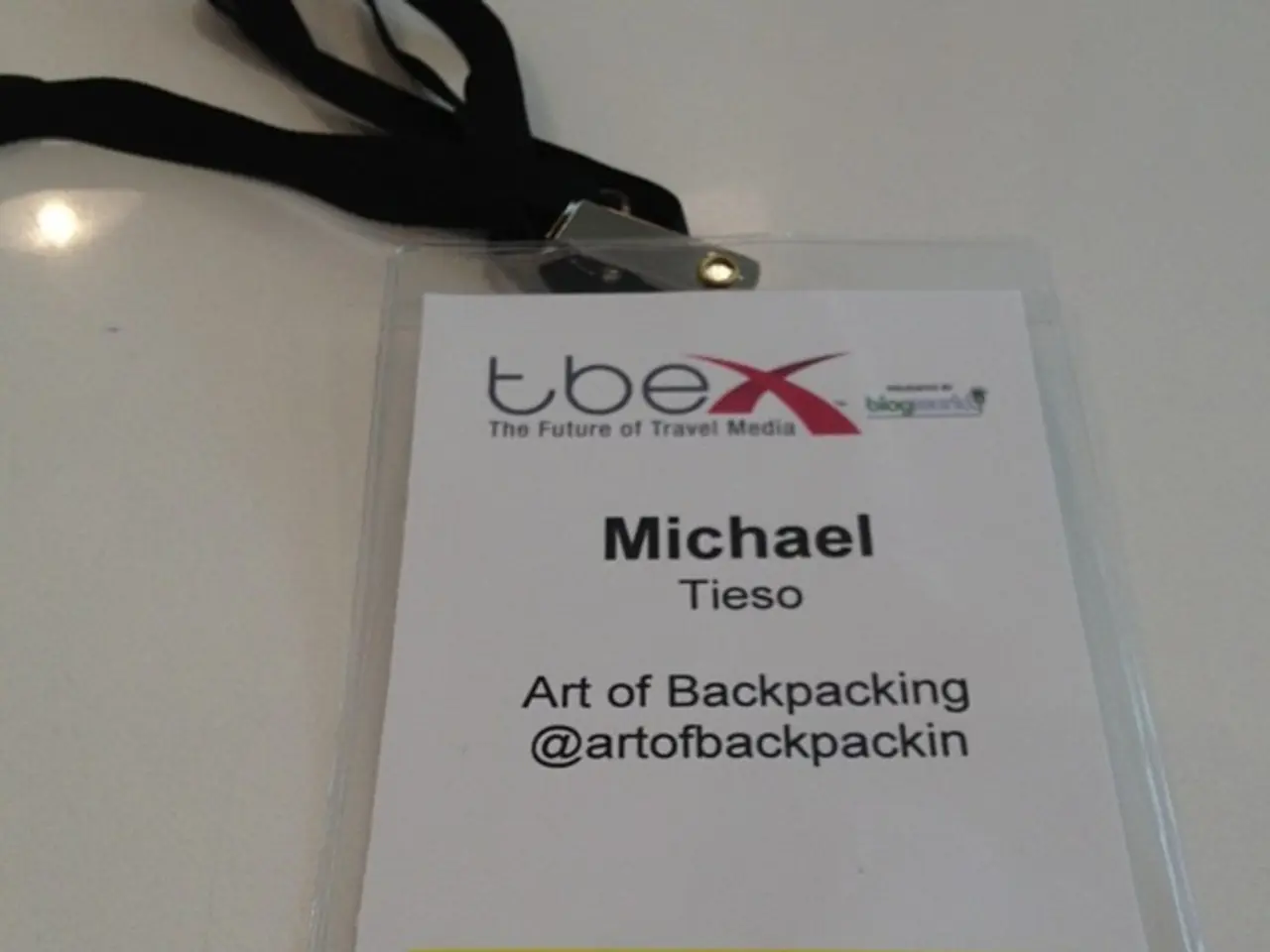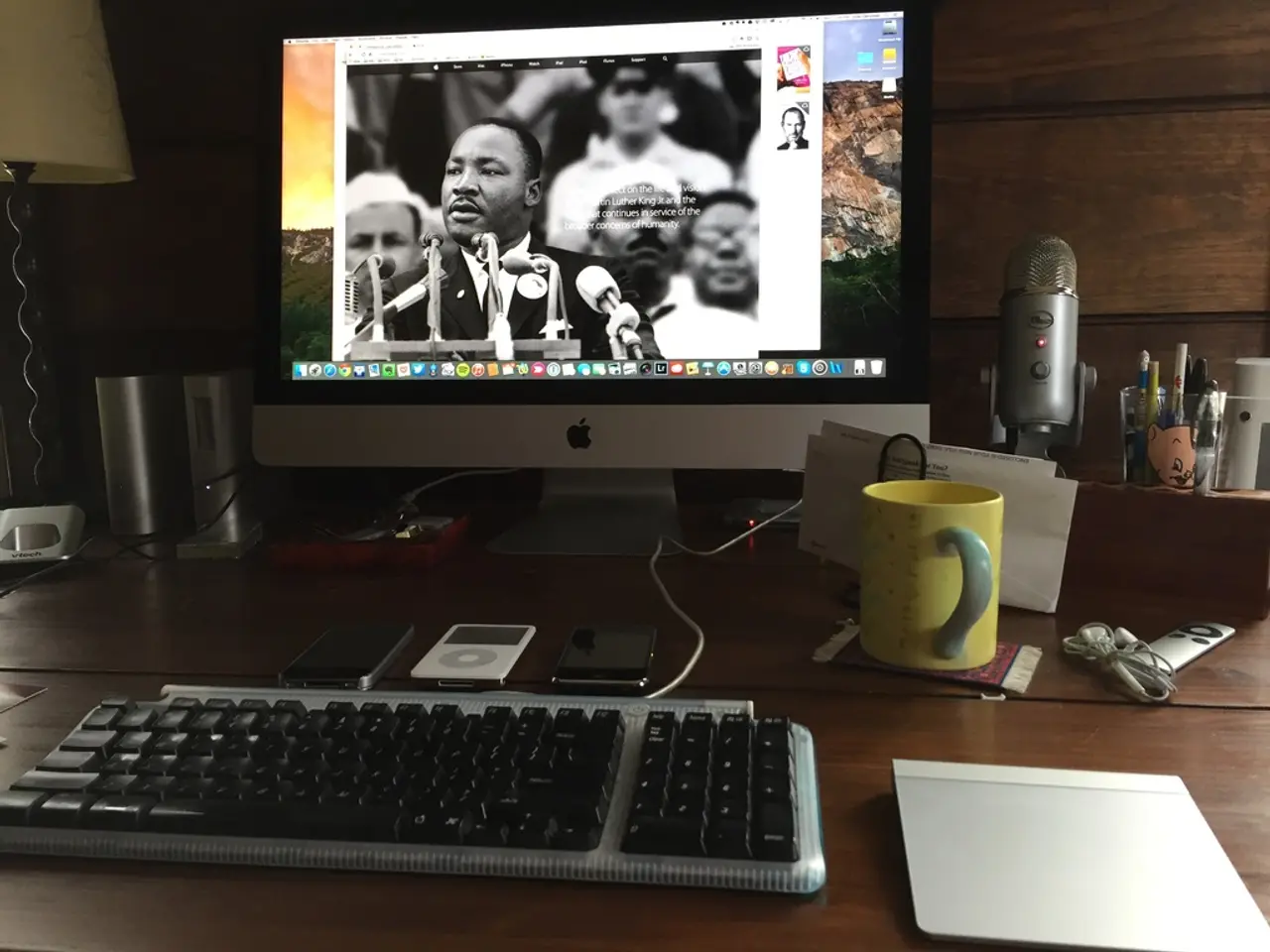Binance Drops 15 Million LA Tokens: Secrets About Lagrange's Zero-Knowledge Proof Hidden from Public
Lagrange, a groundbreaking blockchain infrastructure protocol, is making waves in the tech industry with its innovative use of zero-knowledge (ZK) cryptography. This next-generation platform is set to revolutionize the way AI computations and cross-chain interactions are handled in a decentralized, scalable, and secure manner.
Core Components of Lagrange
At its heart, Lagrange consists of several key components that work together to provide a robust and versatile infrastructure.
- Actively Validated Service (AVS) on EigenLayer: Lagrange runs as the first AVS on EigenLayer, reusing Ethereum’s restaking security to provide decentralized and efficient ZK proof generation.
- Modular ZK Prover Network: A scalable network of provers that can generate ZK proofs for various computations, including AI inference and blockchain state verification.
- ZK Coprocessor: A specialized hardware or software component designed to execute AI models and other computations off-chain securely, producing proofs that attest to the correctness of those computations.
- Cross-Chain Interoperability Mechanisms: These enable seamless interaction and verification of states between different blockchains without relying on trusted intermediaries or bridge protocols.
- Partnerships and Integrations: Collaborations with key players like NVIDIA for AI, EigenLayer for decentralized security, and Coinbase for market reach strengthen its infrastructure and adoption.
How Lagrange Facilitates Verifiable AI and Cross-Chain Computation
Lagrange's primary goal is to facilitate verifiable AI and cross-chain computation in a trustless and secure manner.
- Verifiable AI: Instead of simply trusting AI outputs, Lagrange enables their proof-produced correctness on-chain via ZK proofs, ensuring AI inference results can be independently verified without revealing underlying data or models.
- Cross-Chain Verification: The platform's cryptographically secure state proofs allow users and developers to prove the state of assets or computations on one blockchain directly to another, increasing blockchain interoperability without bridge risks or intermediaries.
- Decentralized Proof Generation: Using EigenLayer’s restaked Ethereum nodes and its own prover network, Lagrange maintains a decentralized and trust-minimized ZK proof generation infrastructure ensuring the proofs’ reliability and security.
- Token Utility ($LA): The native token enables governance, staking for proof job bids, and incentivizing participants, further decentralizing the network and aligning incentives.
In essence, Lagrange pioneers a decentralized ecosystem where AI computations and cross-chain blockchain states can be proven verifiable and trustworthy, which could significantly enhance security, scalability, and trust in Web3 applications.
Other Notable Features
- DARA: Lagrange's unique pricing engine, which matches developers needing computation with available provers using an auction-style mechanism.
- Lagrange Labs: The R&D engine behind the platform, driving the development of ZK proof systems (including Plonky2 and Plonky3) and scaling and enabling verifiable AI.
- ZK Coprocessor: Allows developers to query smart contract storage across chains using SQL-like syntax.
- The LA token is now trading exclusively on the Binance Spot Market, no longer on the Alpha Market.
- The LA token has a genesis supply of 1,000,000,000, with 193,000,000 in circulation at launch (19.3%).
- The Prover Network of Lagrange operates on EigenLayer, a protocol for restaking Ethereum.
- The LA token has an unlimited max supply with a 4% annual inflation.
- Lagrange is backed by two separate but interconnected organizations: the Lagrange Foundation and Lagrange Labs.
- The ZK Prover Network, a core component of Lagrange, is a decentralized set of operators that generates ZKPs on demand, backed by major players like Coinbase Cloud, OKX, and Kraken.
- Lagrange is designed to help developers generate and verify zero-knowledge proofs (ZKPs) for AI inference, historical blockchain data, and off-chain computation.
- Lagrange has secured $17.2 million in strategic investment for the creation of fundamental infrastructure for verifiable AI and trustless cross-chain computation.
- The airdrop for the LA token was distributed to eligible BNB holders who subscribed to Simple Earn or On-Chain Yields between June 22-25, 2025.
- The LA token debuted on Binance Spot Market with five major trading pairs.
- Operators in the Prover Network run a lightweight binary that listens for computation tasks and submits results as cryptographic proofs.
- Two additional marketing rounds will release 5 million LA each, one immediately post-listing and one three months later.
- Binance has officially launched the LA token from the blockchain infrastructure platform Lagrange.
- Lagrange, an infrastructure protocol leveraging zero-knowledge cryptography, is built on EigenLayer, where it functions as the first Active Validated Service (AVS), utilizing Ethereum’s restaking security for efficient ZK proof generation.
- The platform's Modular ZK Prover Network is a scalable system of provers capable of generating ZK proofs for diverse computations, including AI inference and blockchain state verification.
- A ZK Coprocessor, a specialized hardware or software component, is used within Lagrange to execute AI models and other computations off-chain securely, producing proofs certifying the correctness of those computations.
- Cross-Chain Interoperability Mechanisms in Lagrange facilitate seamless interactions and verification of states between various blockchains, sidestepping the need for trusted intermediaries or bridge protocols.
- The native token ($LA) within Lagrange powers governance, staking for proof job bids, and incentivizing participants, ensuring the network's decentralization and incentive alignment.
- The unique DARA pricing engine in Lagrange matches developers in need of computation with available provers using an auction-style mechanism.
- Lagrange Labs, the R&D engine powering the platform, focuses on developing ZK proof systems (like Plonky2 and Plonky3) and enhancing scalable verifiable AI.
- With the LA token now trading exclusively on the Binance Spot Market, it has a genesis supply of 1,000,000,000, with 193,000,000 in circulation at launch (19.3%).
- The LA token operates on EigenLayer, a protocol for restaking Ethereum, and has an unlimited max supply with a 4% annual inflation.
- The Prover Network of Lagrange, a core component, is backed by significant players such as Coinbase Cloud, OKX, and Kraken, generating zero-knowledge proofs (ZKPs) on demand for AI inference, historical blockchain data, and off-chain computation.




